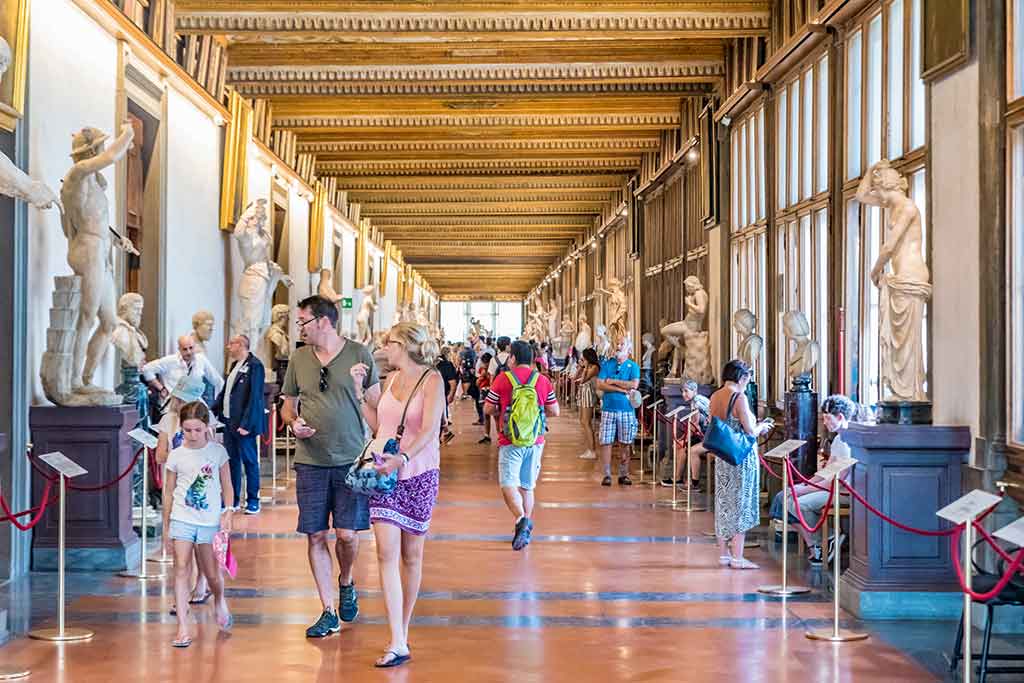Welcome to Tuscany in Italy, one of the most popular vacation destination in the world. If you’are planning to visit Italy for your next trip and you are looking for the best places to visit, here you’ll find tips and suggestions of most popular point of interest and activities not to be missed. Find out what to see in the main cities of art such as Florence, the capital of Tuscany, a city rich in history where the Renaissance was born in the second half of the fourteenth century, Siena home to the longest-running bank in the world Monte Paschi di Siena the historic center has been recognized Unesco heritage, Pisa, an ancient maritime city famous for the Piazza dei Miracoli and the famous leaning tower. The natural areas of Elba Island, Chianti and Maremma. Whether you travel by motorbike or camper, or you decide to visit Tuscany in summer or winter, on a rainy or sunny day, whether you have two or three days available, Visititaly always offers you the right tips for planning a trip. Travelers will appreciate this italian region with his rich historical and artistic heritage, local culture and environment. Discover the monuments, buildings, natural treasures and all the details that characterize Tuscany and its territory. Share and suggest a place you've visited.

Tuscany is known the world over as a wonderful, relaxing place to spend a holiday, and if you're an art lover then it's verging on a paradise.
The capital Florence is packed full of Renaissance architecture and world-class art museums, and is also a beautiful and friendly city spend a break in.
Top of the list of places to visit for holidaying art lovers is probably the Uffizi Museum, featuring hundreds of priceless works by artists including Botticelli, Michelangelo, Leonardo da Vinci and Raffaello amongst many others. Also on the must-see list is is the Accademica Gallery, home of probably the world's most famous sculpture: Michaelangelo's David. This iconic figure is recognised from pictures everywhere, and is even more impressive seen close up, standing an imposing 4m tall.
The nearby city of Pisa is of course famous for its leaning tower, well worth a visit despite the crowds, but Pisa also has many other quieter places of interest to the art lover. The Lungarno Simonelli Museum has a large collection of Roman treasures, including riverboats, while the Museo Nazionale di San Matteo is home to an impressive array of paintings and sculptures representing Tuscany through the centuries.
For opera lovers, the month-long Puccini Festival is held every August at an outdoor venue in Torre del Lago, near Lucca. Some of the most accomplished names in modern opera have performed here, and the even is attended by thousands of people from all over the world. For fans of more modern music, the Lucca Summer Festival takes place every July and has featured contemporary artists as diverse as Elton John and Arcade Fire.
written by Emilio Aronica - Last update: 15/09/2022